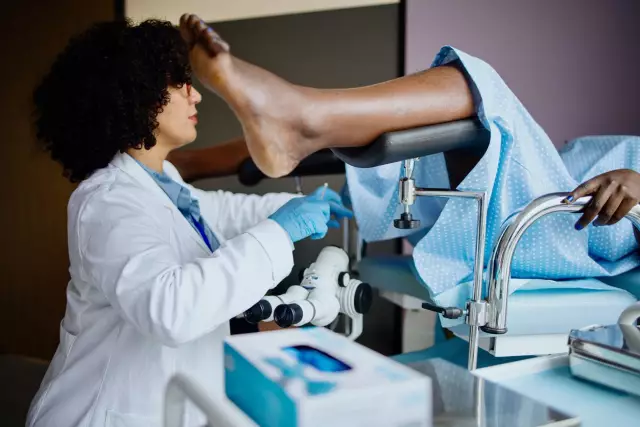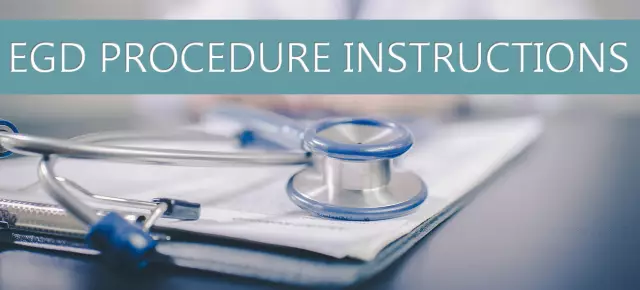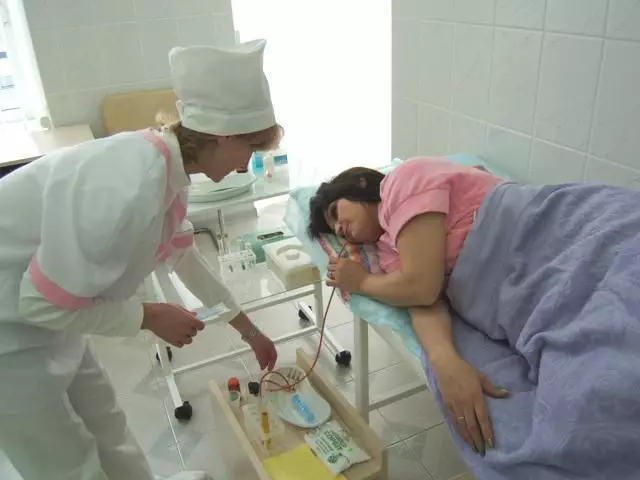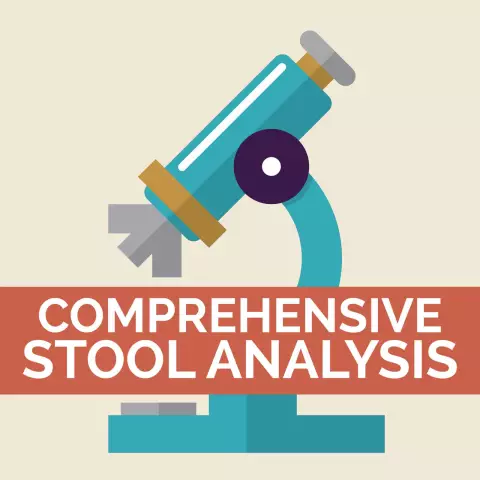- Author Rachel Wainwright [email protected].
- Public 2023-12-15 07:39.
- Last modified 2025-11-02 20:14.
Colposcopy

Colposcopy is an examination of the vaginal part of the cervix, its detailed examination using a binocular microscope - a colposcope. To obtain the maximum amount of qualitative information during the procedure, additional tests are used: treatment of the cervix with Lugol's solution and 5% acetic acid solution, the use of various optical filters. This allows the doctor to identify areas of tissue most suspicious for dysplasia.
Indications for colposcopy of the uterus
This study is used to diagnose many diseases, including a colposcopy needed to identify:
- genital warts;
- precancerous changes in the tissue of the vulva, vagina, cervix;
- cancer of the vulva, vagina, cervix.
It is necessary to make a colposcopy of the uterus in order to identify foci of lesions of the epithelium of the ectocervix (the surface of the lower part of the cervix), determine their nature and localization, diagnose benign changes in the vulva, vagina and cervix, confirm or deny the advisability of a biopsy of the cervix, determine the site and method taking material for histological examination, choose a method of treatment for the revealed pathology.
Colposcopy during pregnancy is done for the purpose of a thorough examination of the cervix in order to exclude invasive disease and the possibility of developing cervical cancer, to examine for the presence of neoplasms. The fact is that most women are not examined before planning a pregnancy. If they already had cervical pathology, against the background of suppression of the immune system (which is the norm during pregnancy), it can progress and negatively affect the health of the mother and the course of pregnancy. That is why during pregnancy, colposcopy is a mandatory study, usually carried out without the use of diagnostic tests, and which is not capable of harming the fetus.
Contraindications
The procedure is absolutely safe, colposcopy is prescribed during pregnancy, since there are no significant contraindications to it, this procedure is not done only in the first 6 - 8 weeks after childbirth and after treatment of cervical diseases with surgical or destructive methods.
Contraindication to extended colposcopy is intolerance to iodine and acetic acid.
Preparation for colposcopy
There is no need for special preparation for colposcopy of the uterus. The procedure is not performed only during menstruation. Not a very suitable period and the middle of the cycle, since at this time there is a lot of mucus in the cervical canal.
The best time to get a colposcopy is on the eve of your period or a few days after your period ends.
Before the procedure, your doctor will most likely recommend:
- refrain from vaginal sex without a condom for 1 - 2 days;
- do not use tampons for a day or two;
- do not douche.
Procedure
The procedure is carried out in the same way as a regular examination by a doctor in a gynecological chair. A viewing mirror is installed in the vagina, exposing the cervix, which allows you to study the epithelium of the walls of the vagina and cervix under a perpendicularly directed beam of light from a colposcope located a few centimeters away. The entire procedure usually takes 10-20 minutes.

Colposcopy of the uterus can be simple (overview) and extended.
Simple colposcopy means without treating the cervix with any substances, and consists in examining the mucous membrane. According to it, the doctor determines the size and shape of the neck, the state of its surface, the relief and color of the mucosa, the features of the vascular pattern, the border of the cylindrical and squamous epithelium, the presence and nature of ruptures, and assesses the nature of the discharge.
Extended colposcopy is an examination of the cervix after treating its surface with a 3% solution of acetic acid, due to which, due to short-term edema of the surface layer of the mucous membrane and contraction of blood vessels, pathological changes on the surface of the cervix are clearly identified. The next stage of extended colposcopy is tissue treatment with Lugol's solution - for the diagnosis of precancerous diseases. The fact is that in such conditions, epithelial cells are poor in glycogen, so they do not stain with the solution, which gives the doctor the opportunity to identify them.
Based on the results of the examination under the colposcope, the gynecologist will decide whether to do a biopsy (i.e. take tissue samples for additional analysis).
After colposcopy
If no biopsy was performed during the procedure, the activity after colposcopy is not limited. Light bleeding is rarely possible within 1-3 days - this is normal. In this case, you should refrain from intercourse, douching, tampons and medications for several days until the bleeding stops.
Found a mistake in the text? Select it and press Ctrl + Enter.






